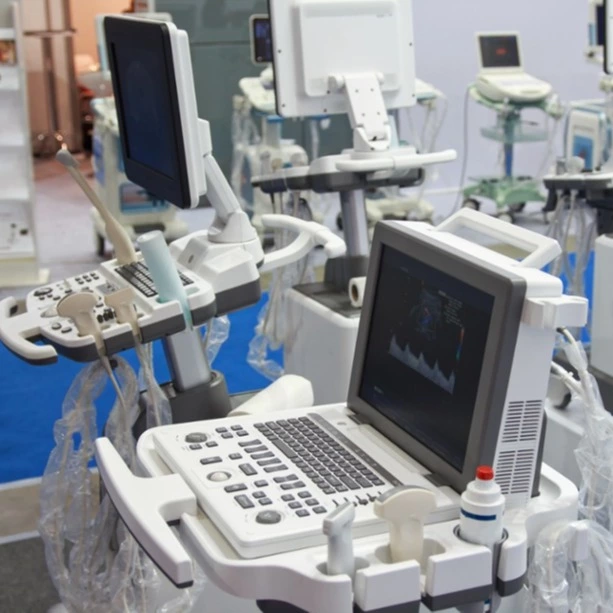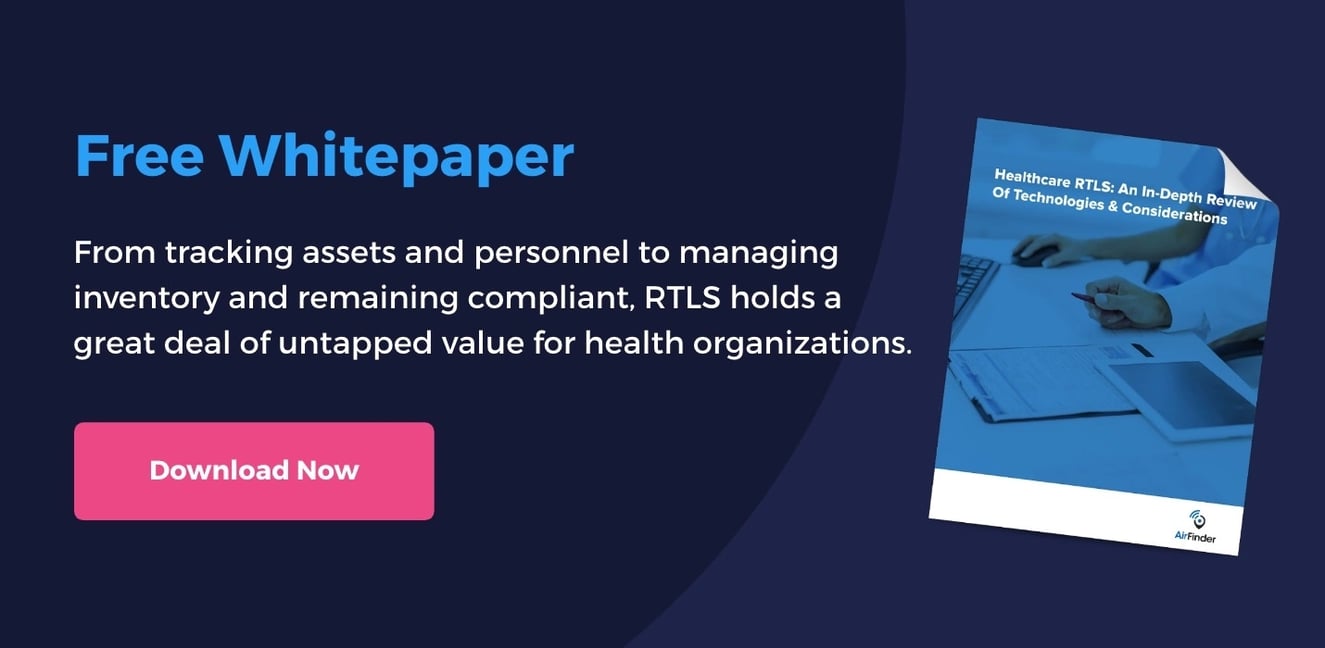Let’s face it, the healthcare industry is one of the most complex environments in the world, but today we have the technology and capabilities necessary to create perfectly tailored solutions. Real-time location systems (RTLS) provide hospitals, nursing homes, and medical campuses asset-tracking capabilities that not only save money but also lives.
RTLS has created immense opportunities for healthcare organizations to track assets and personnel, enforce hand hygiene protocols, encourage less invasive patient monitoring, and even help legal compliance.
But how do you know which things to consider when selecting healthcare RTLS?
Use the Solution that Works for You
The RTLS healthcare market was expected to reach $3.9 billion by 2025. That said, Covid-19 has put a damper on things. During 2020 healthcare organizations have focused on equipment and recourses that could help them bring the curve.
That is expected to continue during 2021. However, Covid-19 is only expected to hinder the RTLS market in the short run. This means, there is a great deal of value, and many critical use cases left to be uncovered. If you’re considering a healthcare RTLS solution, be sure to ask yourself the following five questions.
5 Things to Consider When Choosing Healthcare RTLS
1. Is the solution within your budget?
- Tag costs: The tag is the physical device that records and transfers the movement of an asset. A $50 tag may not seem unreasonable—but if you need to track 10,000 assets, you may run into some budgetary constraints. Additionally, some solutions force you to use a proprietary tag technology instead of allowing you the choice through open source technology. This definitely raises the cost.
- Battery costs: Be sure to consider how much power each tag will draw as well as whether your system (or your customer’s system) can handle the replacement cycles, as this affects how often tags will need to be replaced. Understanding the total cost of service is important when comparing options.
- Labor costs: If someone has to create an elaborate map or gather survey data to integrate your healthcare RTLS technology, you’re going to accrue more labor costs.
- Integration costs: If you’re integrating an infrared RTLS solution, this will require a great deal of work. You will have to install a tag reader in the ceiling of every room in the network and hardwire those readers back to a central access point. Running cables and power through the ceiling of every room can be very disruptive and difficult to do.
2. How complex will the IT integration be?
Working with the IT department to implement a new network can be a frustrating experience, as it can involve filling out a lengthy security questionnaire and waiting 3-6 months for approval.
Hospital IT departments are regularly threatened by hackers and are rightly cautious of introducing possible vulnerabilities to their systems. Some healthcare RTLS solutions require no IT integration whatsoever—so be sure to keep this in mind when crafting or purchasing a solution.
3. How much of the facility will you need to outfit?
If you’re only focused on tracking 10 items in five rooms, integrating an extensive infrared RTLS solution may be wasteful. Carefully consider what you want to track and how much of your hospital or healthcare system will be affected before choosing your solution.
4. Do you need to know an exact location or just proximity?
Does it matter whether you can triangulate the exact position of an item, or do you just need to know a general location? What about the room level within your hospital? Proximity-based systems are simpler, less power-hungry, and usually cost much less.
For example, a materials management team sees immediate benefit from reducing the search zone for a machine or tool from the entire hospital to a couple of rooms. Keep this in mind when you’re looking at solutions.
5. What do you want to track?
If you only need to track expensive capital assets, like an infusion pump or an X-ray machine, spending $80 on an RTLS tag might be wise. On the other hand, what if Dr. Facci needs to know where his special surgery stool has been left, or maybe a certain type of item (or person) will only need to be tracked for a few days?
In that case, a $2 tag would be more appropriate. But what if you need to track both expensive and inexpensive assets? You could try to find a tag somewhere between $2 - $80. But why compromise? Why not just look for a system that lets you use several different types of tags while connecting to one network.
Deciding Between RTLS Technology Options
Perhaps your organization has already decided to peruse RTLS technology. And perhaps you already considered all the aforementioned questions. That leaves you with only one more question. Which types of RTLS technologies could or should your organization use?
- Infrared RTLS tags: flash a unique ID signal to ceiling-mounted readers.
- WiFi RTLS: transmit a WiFi signal to multiple access points throughout the hospital.
- Ultra-wide-band RTLS: transmit a wide signal across gigahertz in the spectrum.
- Passive RFID: use battery-free tags and high-power readers.
- Proprietary wireless RTLS: use “homegrown” technologies on the tag, reader, and network side.
- Active Bluetooth-based RTLS: use battery-powered sensors that connect to various access points throughout the hospital and transfer data to the cloud.
Look, there are a lot of variables when selecting a healthcare RTLS, but there is only one combination of variables that is perfect for your organization. Finding the right balance between benefits and price can be frustrating. If you would like a more thorough break-down of these variables, feel free to download this white paper.




